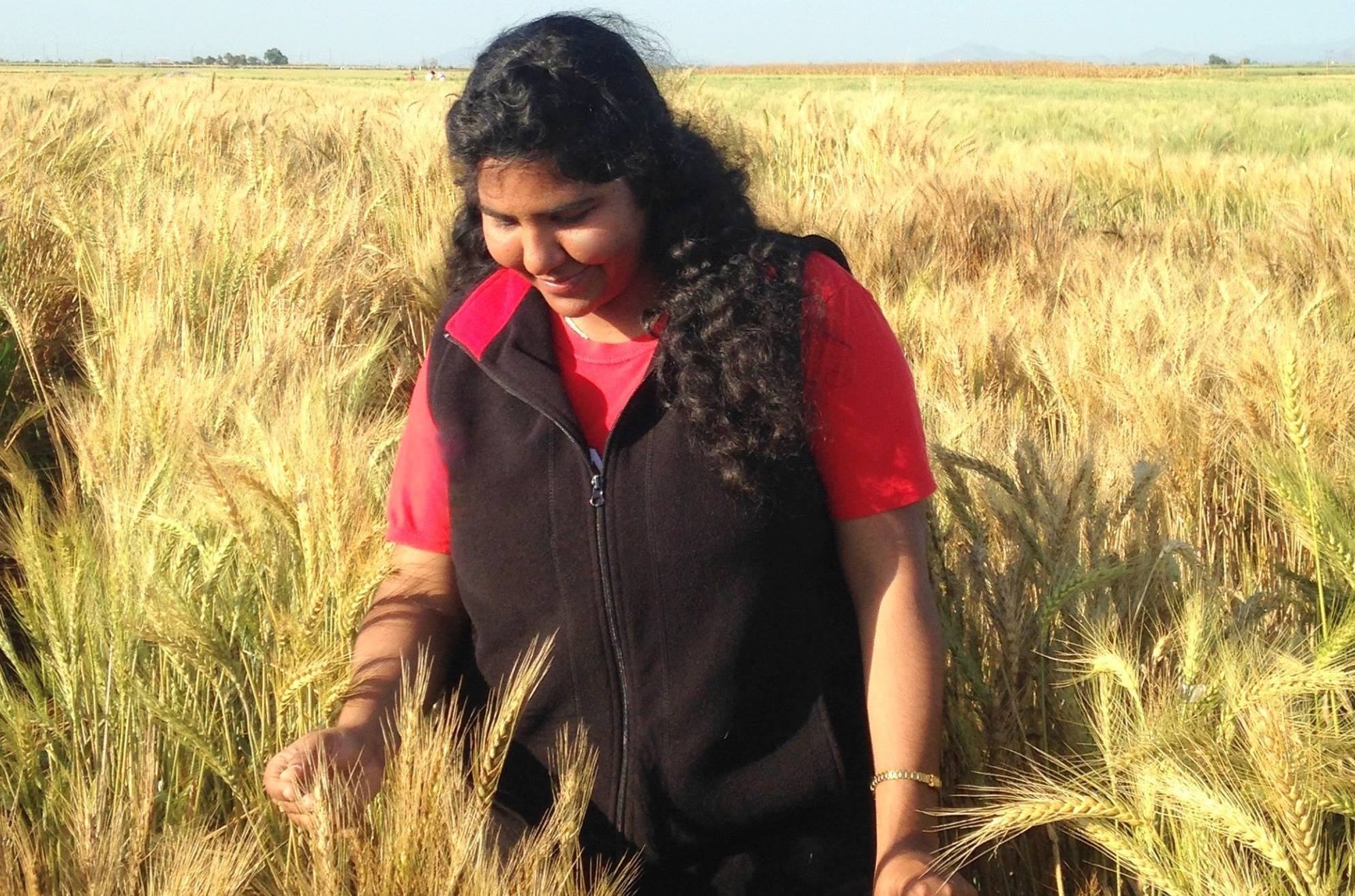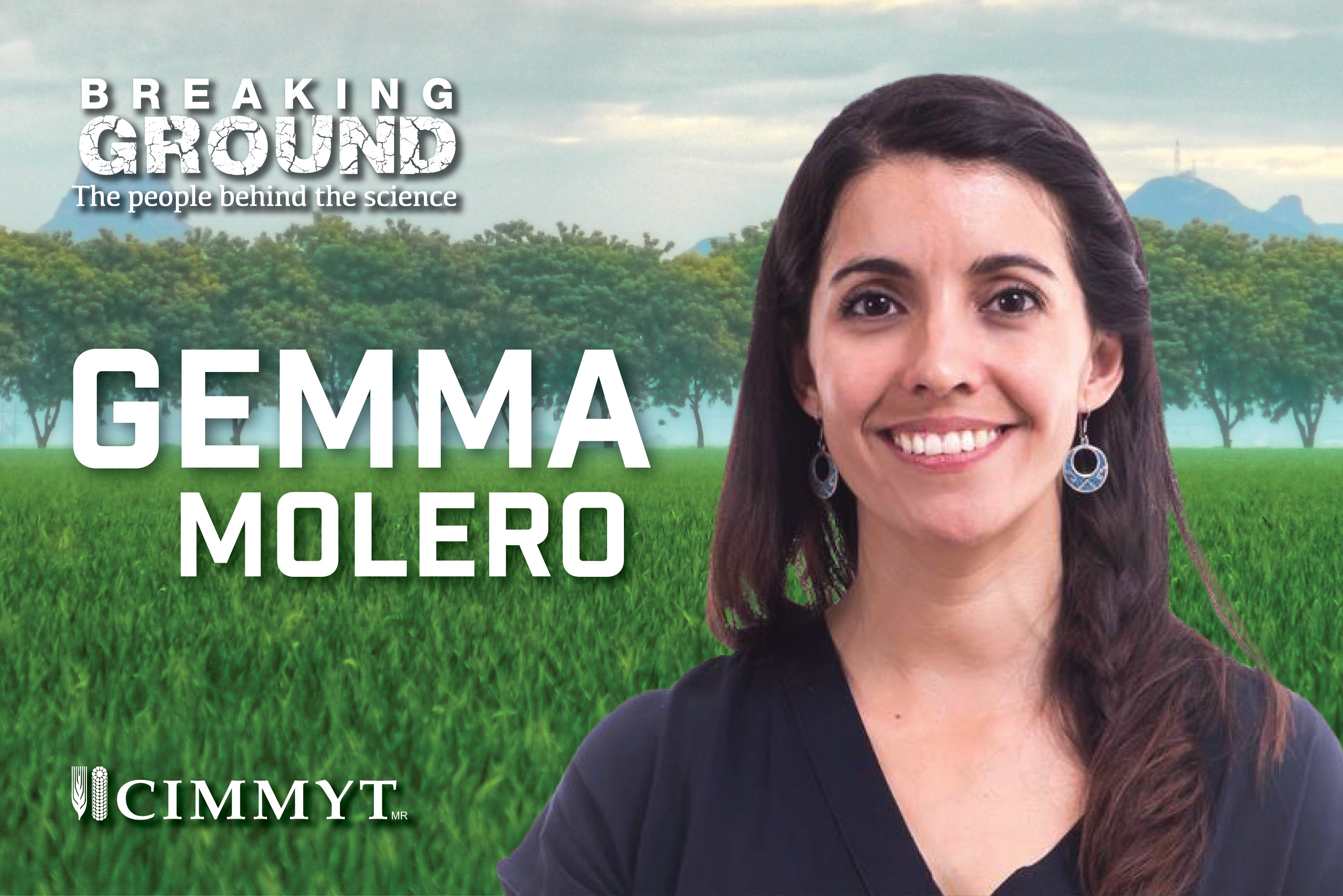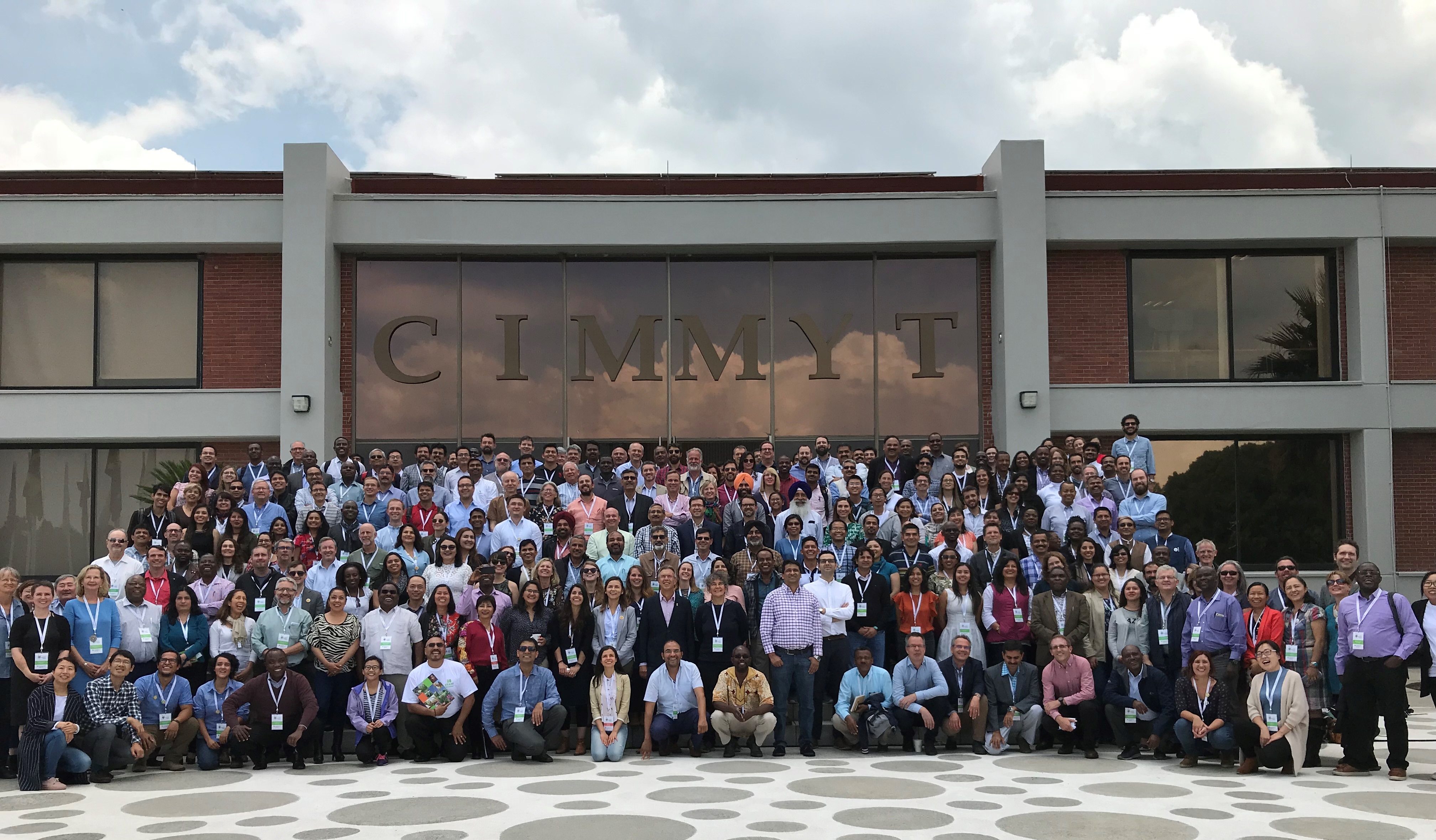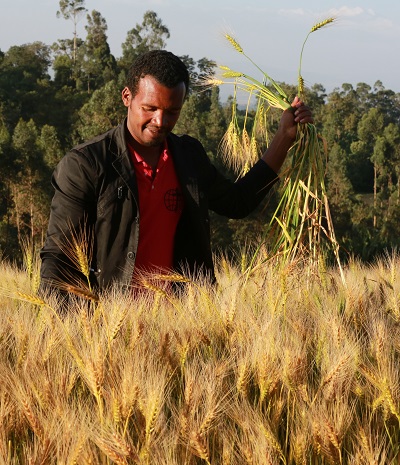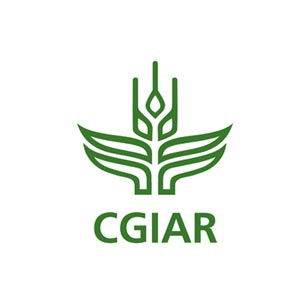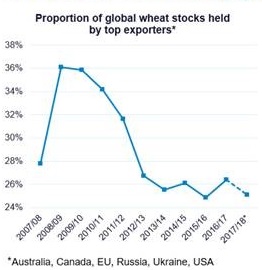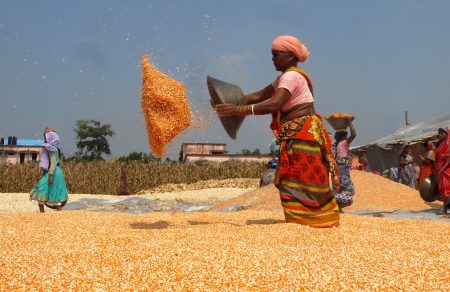Selected images from Science Week 2018
Scientists from 46 countries share and discuss new developments, science, challenges, and opportunities.
Wheat blast screening and surveillance training in Bangladesh
 Capacity development
Capacity development
Workshop participants learned how to use the latest in technology to identify and keep track of the deadly Wheat Blast disease.
Bearish headlines overstate the extent of available global wheat stocks, analysts say
The declining area sown to wheat worldwide, together with stockpiling by China, is masking significant risk in global wheat markets, experts at Agriculture and Horticulture Development Board (AHDB) in the UK caution.
Young women scientists who will galvanize global wheat research
 Capacity development
Capacity development
Winners of the Jeanie Borlaug Laube Women in Triticum (WIT) Early Career Award joined an on-going wheat research training course organized by CIMMYT.
Global grain research and food industry experts meet to address rising malnutrition
 Nutrition, health and food security
Nutrition, health and food security
Malnutrition is rising again and becoming more complex, according to the director-general of the world’s leading public maize and wheat research center.
CIMMYT promotes gender awareness in agriculture research and development in Ethiopia
 Capacity development
Capacity development
Gender awareness and gender-sensitive approaches are slowly spreading into agricultural research, extension, and policy in Ethiopia, according to industry experts.
CIMMYT research publications sow seeds in academic world
 Innovations
Innovations
CIMMYT scientists produce a lot more than just improved maize and wheat varieties.
Emergency seed fuels quick farm recovery in drought-affected Ethiopia
 Climate adaptation and mitigation
Climate adaptation and mitigation
In response to Ethiopia’s worst drought in 50 years and a critical shortage of seed in 2016, CIMMYT and partners delivered over 3,400 tons of high quality seed to farmers.
